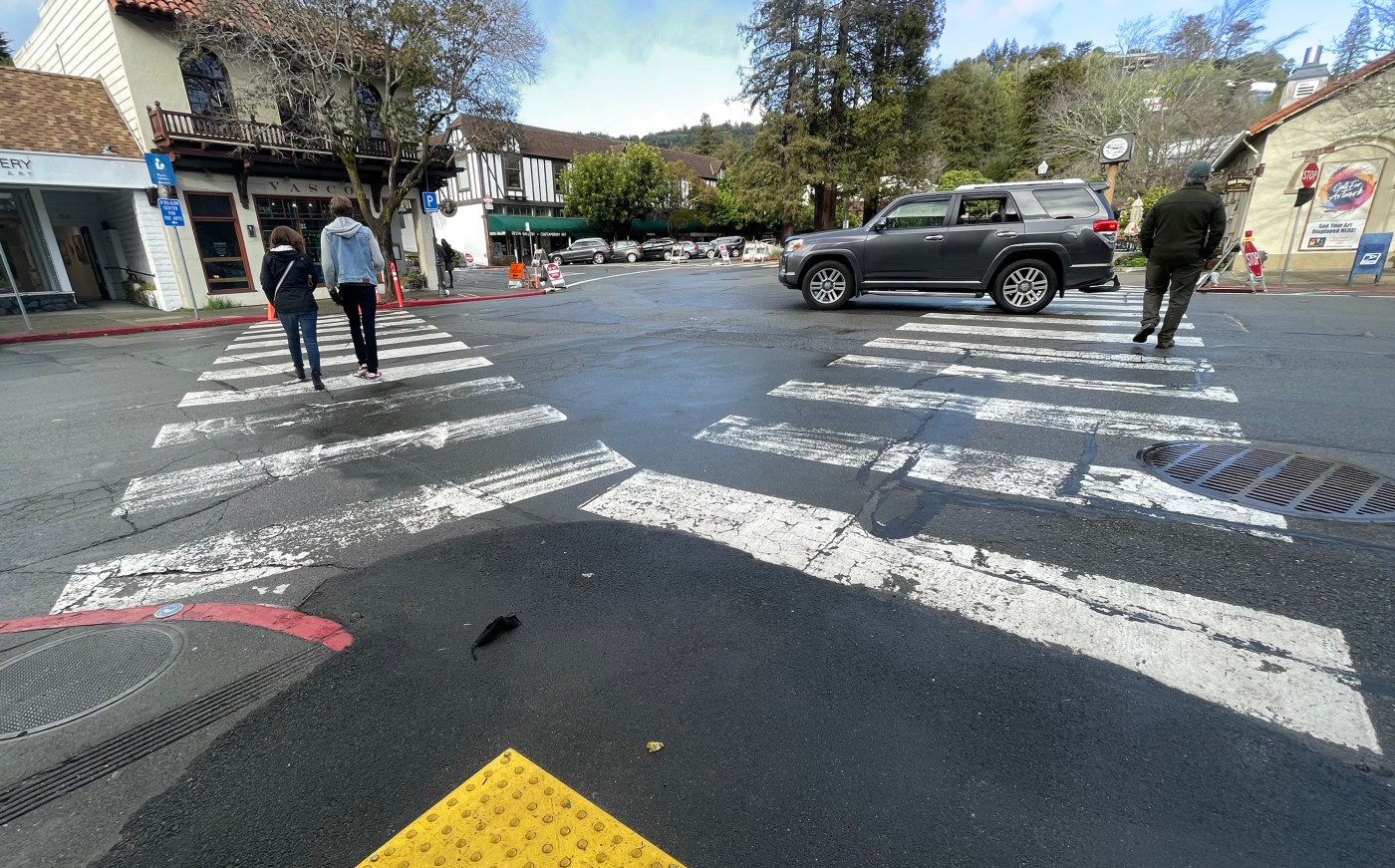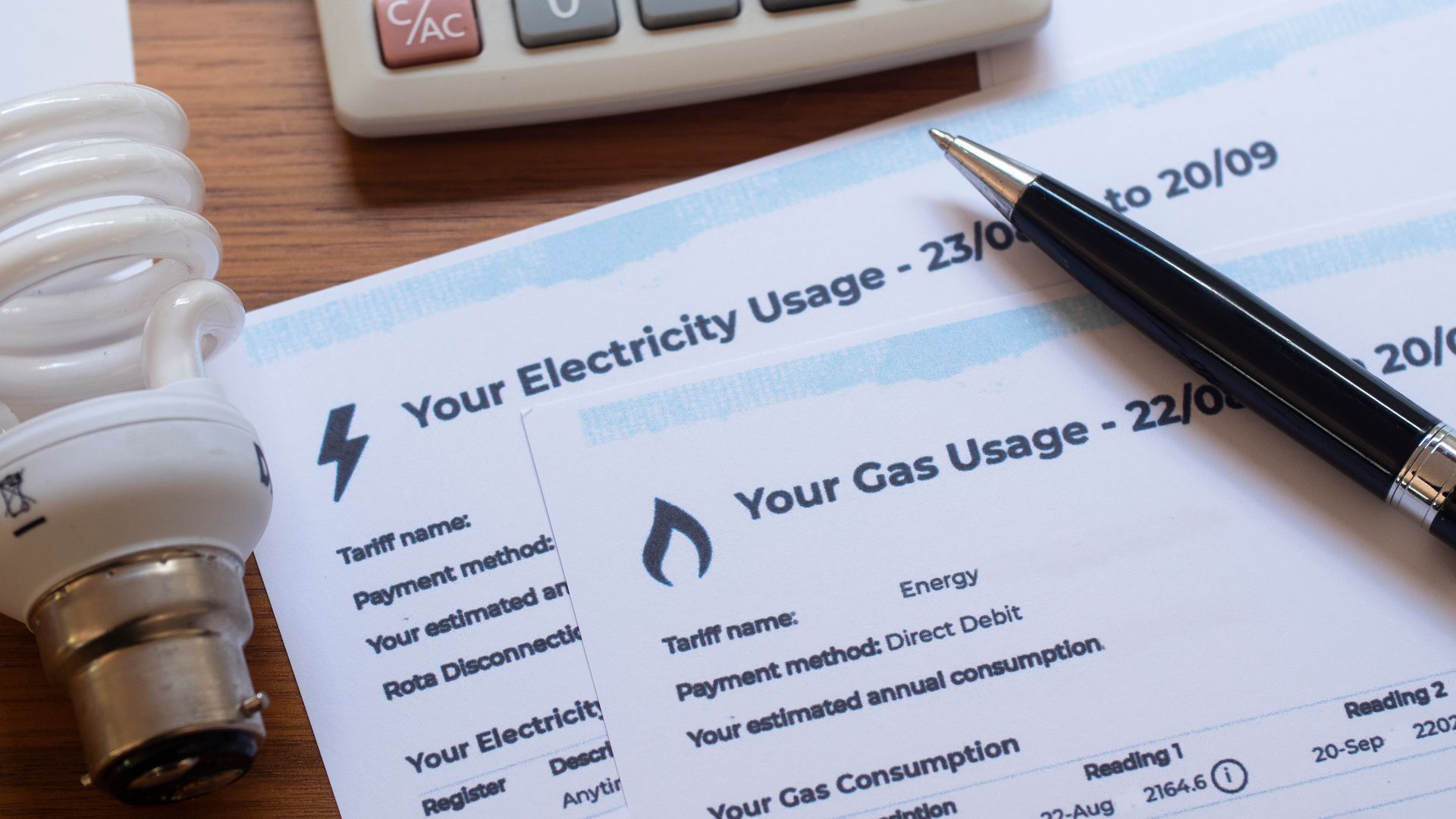Mill Valley is preparing to seek voter approval for a ten-year extension of its municipal service tax (MST) to ensure ongoing funding for road repairs and vegetation management. The proposal emerged during a City Council meeting on October 20, where City Manager Todd Cusimano detailed the importance of the MST in supporting local infrastructure and safety measures.
During the meeting, Cusimano emphasized the necessity of continuing the MST, stating, “If we do this right over the next ten years, we’ll be talking about potentially not having to have one of these taxes.” Councilmember Urban Carmel affirmed this sentiment, describing the tax as a temporary solution that is crucial for the city’s future planning.
The MST was initially approved by voters in 2016 for a decade, specifically to fund street improvements and manage vegetation. This annual tax of $266 on single-family residences generates approximately $2 million each year, making it the city’s largest revenue source for paving projects. The tax is set to expire at the end of Mill Valley’s 2026-2027 fiscal year. To extend the tax, the council must place a measure on the ballot in 2026.
Funding and Infrastructure Improvements
City officials noted that before any measure can be placed on the ballot, public works staff and the council will conduct a thorough assessment of necessary road repairs and upgrades. Andrew Poster, the Public Works Director, highlighted the importance of various funding sources for paving projects, stating, “The main driver, by far, is the MST.” Other funding includes general fund receipts, road impact fees, gas taxes, and grants from various governmental agencies.
Poster elaborated on the criteria used to determine paving priorities, explaining that council goals dictate how projects are approached. “Are you going to pave the worst streets first? Or are you going to keep the good ones?” he noted, indicating the strategic choices that impact the overall condition of the city’s roads.
In the first decade of the MST, the city generated approximately $20 million in revenue, which significantly improved Mill Valley’s streets. Cusimano noted that the city’s pavement index improved from 58 in 2014 to 74 as of 2023, indicating a notable enhancement in road quality. “We’re right in the middle of where we want to be,” he remarked.
Future Plans for Road Maintenance
Looking ahead, Mill Valley’s main thoroughfares will receive some treatment, but the focus will shift towards residential areas in the next five to ten years. Cusimano mentioned that a comprehensive list of proposed road projects will be presented in November, aiming to facilitate informed policy decisions regarding the MST’s future.
As the city looks to engage the community in the upcoming ballot initiative, officials are committed to presenting a clear and strategic plan that highlights the benefits of extending the MST. The outcome of this initiative will play a crucial role in maintaining and improving Mill Valley’s infrastructure for years to come.






